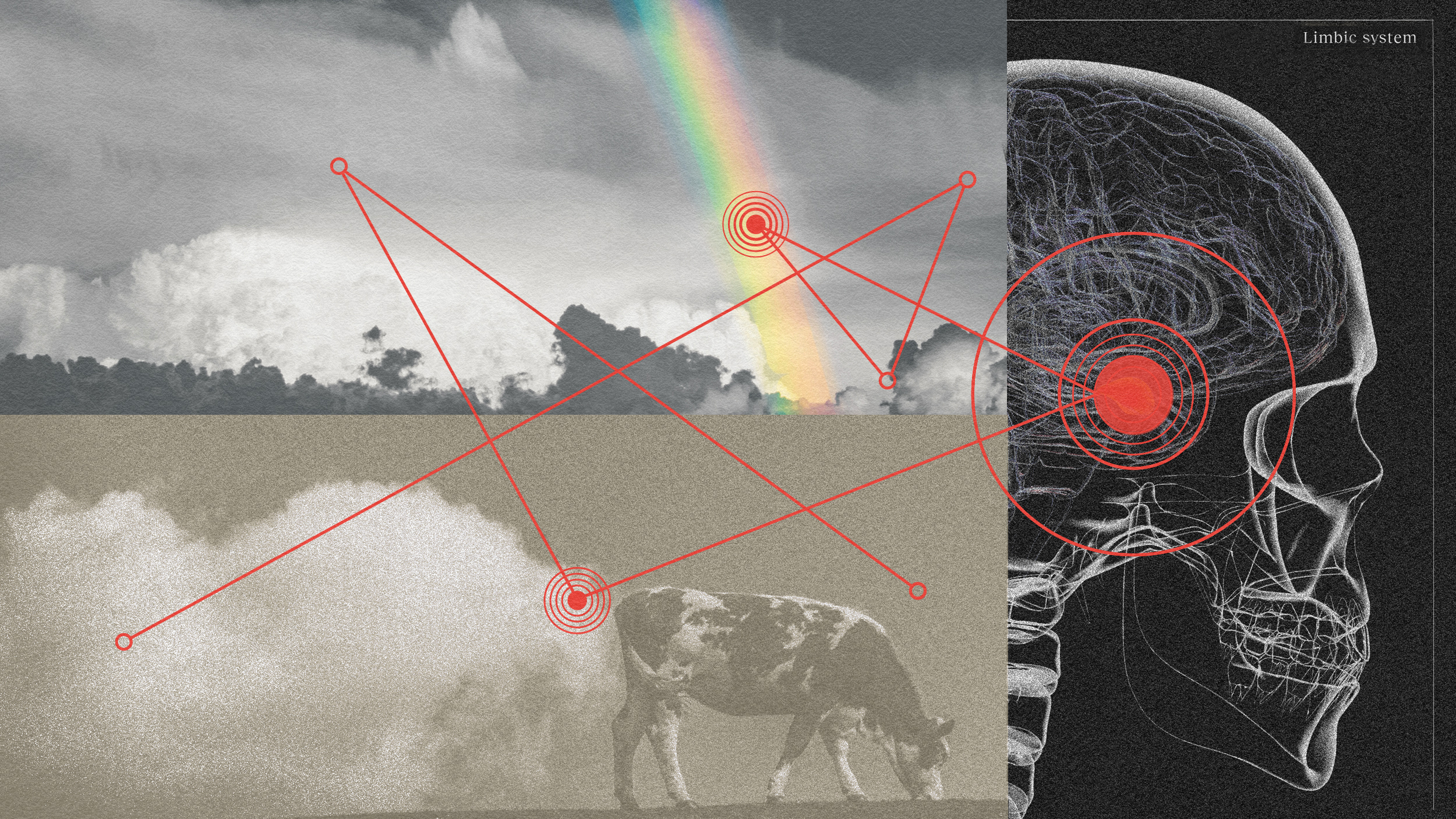Genes and environment don’t determine different quantities of our success (or failure). Instead, they operate together in surprising and complex ways.
Question: What is genius, and what does it mean to say we all have it?
David Shenk: Well genius is an amorphous term to be sure and I actually try to stay away from it in the book. What I talk about in the book mostly is this idea of high achievement, so people becoming great at stuff, becoming really, really good at stuff. I don’t think it’s really important to make a dividing line to try to figure out you know when you’ve crossed over into genius. The point is gathering your resources, doing the best you can, pursuing whatever it is you love to do with an intensity and a resilience and a passion and just going as far as you can possibly go.
Question: Why do you believe the “nature-nurture” distinction to be a false one?
David Shenk: Sure, so this is a big part of my book and it has a long history. We’ve been living with this myth for about a hundred, hundred and fifty years, going back to the time of Darwin, although I’m not blaming Darwin for this. If the blame resides anywhere it’s really with Darwin’s cousin Francis Galton. We can get into that if you’d like, but so the idea is that we think that it’s nature versus nurture, that there is genes that have all this information that kind of want to push us in a certain direction and then there is the environment, which is nurture, which is obviously different and kind of an opposing force and it’s kind of either or and there are all these studies that are constantly trying to figure out well how much is nature and then add onto the nurture. You know is it 60% nature, 40% nurture depending on what trait you’re talking about? Well it turns out that genes don’t work that way. Genes don’t get you part of the way there you know to the point you’re born or the point shortly after that or before that. Genes are always interacting with the environment, so the new way to think about this is that it’s not nature plus nurture on nature versus nurture. If anything it’s nature interacting with nurture if you have to use those words, so one of the phrases that scientists are using now is G Times E, that is genetics times environment as opposed to G plus E. They call it an additive model. The additive model is well, you have so much inborn intelligence and then plus what you get in the environment. That would be the you know nature plus nurture. The new model is you can’t separate them. You just absolutely cannot separate the effects of genes from the effects of the environment, so all we can do of course is to identify the resources that we have in our environments and maximize them as best we can.
Question: How does research with lab mice demonstrate the fallacy of the nature-nurture distinction?
David Shenk: Right, so there have been some… The science that I’m describing in the book is really lots and lots of different pieces of science from different realms of science and if there is any contribution in this book it’s really putting them together. It’s bringing all these different disparate pieces together and it’s giving a voice and some phrasing and some metaphors to what scientists have been really trying to say for a long time and just haven’t quite… They know what they’re trying to say, of course. They understand the stuff, but they haven’t quite been able to interpret it well for the public. So one of the studies is… goes back to 1957 or ’58, where these two guys were looking at rats that had been genetically designed, genetically bred that is, to be intelligent, and in generation after generation they were incredibly intelligent in you know as seen in mazes and things like that. So then they wanted to see, well, what if you subject them to different environments, extreme environments like sensory deprivation kind of thing or extra treats and you know so called intellectual stimulation for rats if you can imagine what that is. Basically it’s lots of toys and different textures and sounds and sights and colors and things like that. And they wanted to see well what is the additive difference of the environment if you take these mice that have been bred to be smart compared to these mice that have been bred to be not so smart. Well turns out that when you subject them to these different environments actually the mice that have been supposedly bred to be unintelligent quite often intersect with the intelligence, the performance of the mice that have been bred to be intelligent and the reason is that you’re getting these interactions, which you couldn’t have predicted if you were looking at the old additive model of G plus E, so that was one of the very early clues that we we’re looking at a whole new model of genes and environment, that it was this interactive model.





